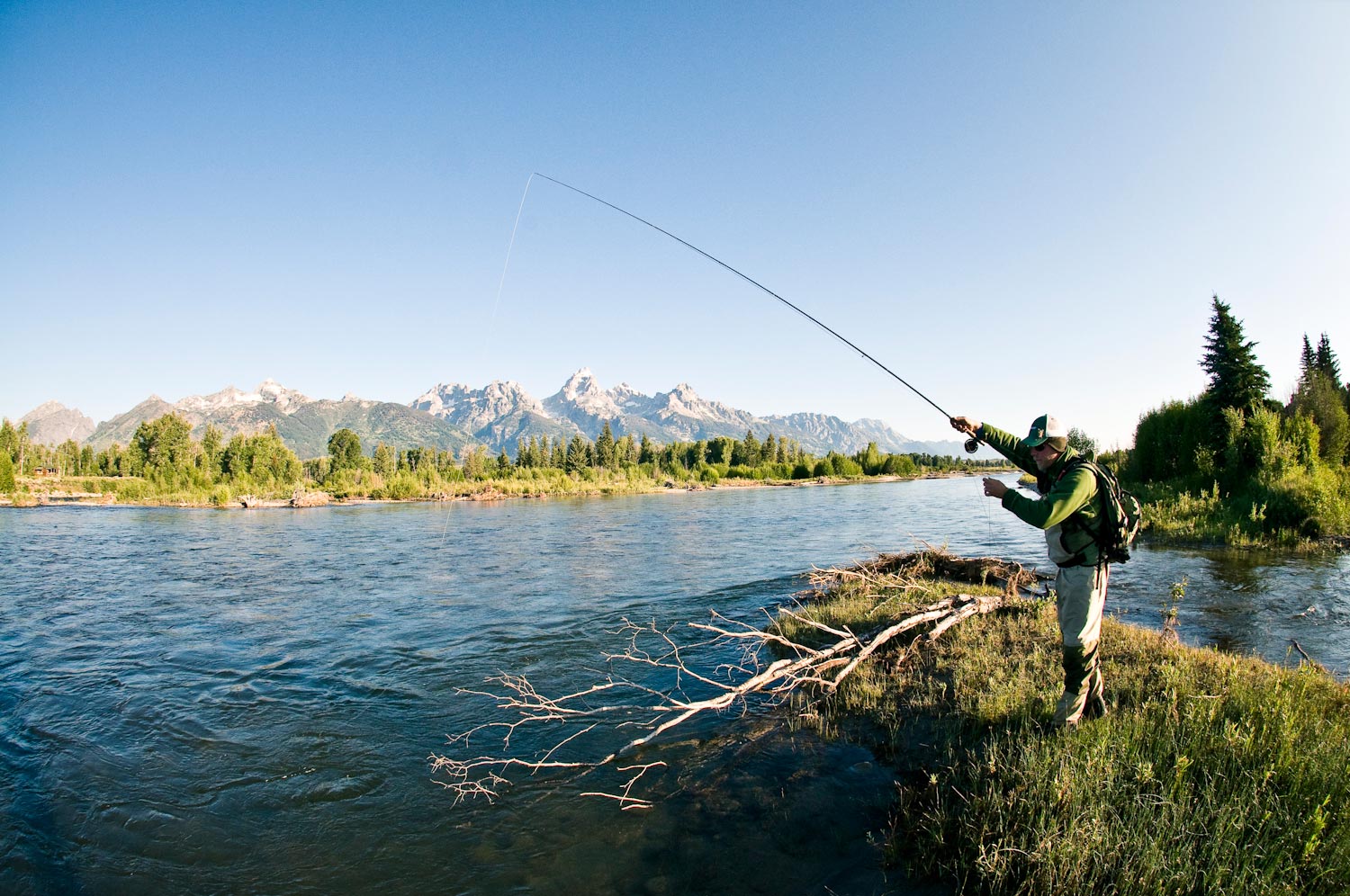Just about all seams in rivers and streams hold trout.
The larger and deeper the water a seam has, the more trout it can hold. Likewise, the smaller and shallower a seam is, the less room there will be available and less trout it can accommodate. Just remember, regardless of the size of a seam, that almost all of them hold trout and are worthy of a cast or two by anglers. Back in the early 2000s, I had a boat mechanic buddy of mine I used to fish with quite a bit. He taught me first hand, how important it is to pay attention to all seams. At the time, my friend couldn’t cast very far. A thirty foot cast was pushing it for him on a windy day, but he didn’t let this limitation of his, keep him from catching trout. In fact, he generally caught more fish than the veterans that could cast three times as far as him, because he was religious about working trout water slowly and thoroughly. There was no seam or holding water too small for him to fish. He’d place his dry fly in all of them big or small, from one side of the stream all the way to the other. Only then, would he begin to move on, upstream to new water. It was amazing how many trout he would catch in water most anglers, including myself, thought was too small or shallow to hold fish. I’m grateful for spending time with him on the river. He taught me to search out the tiny seams and drift my flies through them to catch fish when conditions were tough. This strategy has particularly payed off for me on trout water that’s heavily pressured. I can still here my boat mechanic buddy giggling now. He loved watching his local anglers fighting over the deep pools and runs, because he knew he would have all the pocket water full of tiny seams and trout to himself. He also knew that many of the fish that held in these areas got half the angler traffic as the obvious spots and were easier to catch. That’s how my buddy caught so many fish. Next time you’re on a trout stream and the fishing is tough. Try slowing down and really working all the nooks and crannies with your flies close to seams.
Keep it Reel,
Kent Klewein Gink & Gasoline www.ginkandgasoline.com hookups@ginkandgasoline.com Sign Up For Our Weekly Newsletter!

How true. Here in pa with our small limestone based streams a seam may hold any number of fish. One must fish them hard and often. You will be rewarded.
Trap,
You PA trout streams are on my list to fish. I’ve heard great things about them.
Kent
Come join me someday.
I hope to man. It would be a pleasure.
Kent
one of the best early life fishing lessons~
FOAM= FOOD
find the seam find the fish. Always amazed how a 2X4 brownie can fit in 5 inches of water…
Tight Lines,
Koz
Brian,
Thanks for your input bro.
Kent
Drives me crazy watching people stomp through good water to fish big pools, especially in big water. Big rivers are just a bunch of little rivers flowing together in my opinion. If people spent more time fishing the junctions of these “rivers” they would spend more time catching fish than walking cross stream. Love the blog guys!
Taylor
I have to agree with Brian’s comment above… Foam=Food. I love finding and fishing foam lines. Even if the water might look sub-par, if there is foam, I’m gonna drift a fly smack through the middle of it. One of the best bits of advise I’ve ever obtained.
I think the biggest challenge when fishing seams is drag. I used to have a favorite spot on the Cedar RIver in Renton, WA that went slack water>seam>heavy current>seam>slow pocket>seam>current>seam>cut bank. The whole run held hungry fish except the heavy current and the slack water, but the current smack in the middle made a drag-free presentation nearly impossible everywhere but the near seam. The way I learned to get these nice rainbows to chow was a downstream high-stick presentation, making short casts with shorter drifts. Casting downstream across the current has become my favorite way to fish a far seam, and the short (maybe 3-5 feet) drifts eliminate the need for mending. This works ok with heavy nymphs, but better with dries.
seems the fish prefer the seams of the streams
How true. Here in pa with our small limestone based streams a seam may hold any number of fish. One must fish them hard and often. You will be rewarded.
that is nice post in this saite